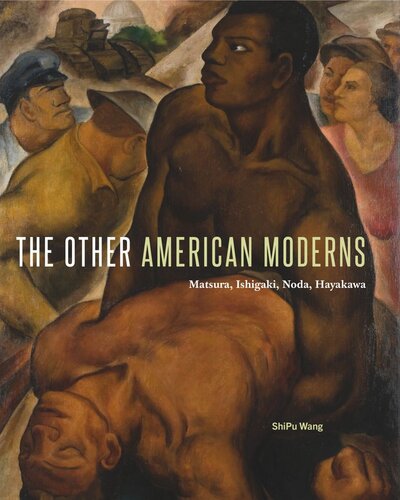

Most ebook files are in PDF format, so you can easily read them using various software such as Foxit Reader or directly on the Google Chrome browser.
Some ebook files are released by publishers in other formats such as .awz, .mobi, .epub, .fb2, etc. You may need to install specific software to read these formats on mobile/PC, such as Calibre.
Please read the tutorial at this link: https://ebookbell.com/faq
We offer FREE conversion to the popular formats you request; however, this may take some time. Therefore, right after payment, please email us, and we will try to provide the service as quickly as possible.
For some exceptional file formats or broken links (if any), please refrain from opening any disputes. Instead, email us first, and we will try to assist within a maximum of 6 hours.
EbookBell Team

4.0
46 reviewsIn The Other American Moderns, ShiPu Wang analyzes the works of four early twentieth-century American artists who engaged with the concept of “Americanness”: Frank Matsura, Eitarō Ishigaki, Hideo Noda, and Miki Hayakawa. In so doing, he recasts notions of minority artists’ contributions to modernism and American culture.
Wang presents comparative studies of these four artists’ figurative works that feature Native Americans, African Americans, and other racial and ethnic minorities, including Matsura and Susan Timento Pose at Studio (ca. 1912), The Bonus March (1932), Scottsboro Boys (1933), and Portrait of a Negro (ca. 1926). Rather than creating art that reflected “Asian aesthetics,” Matsura, Ishigaki, Noda, and Hayakawa deployed “imagery of the Other by the Other” as their means of exploring, understanding, and contesting conditions of diaspora and notions of what it meant to be American in an age of anti-immigrant sentiment and legislation.
Based on a decade-long excavation of previously unexamined collections in the United States and Japan, The Other American Moderns is more than a rediscovery of “forgotten” minority artists: it reconceives American modernism by illuminating these artists’ active role in the shaping of a multicultural and cosmopolitan culture. This nuanced analysis of their deliberate engagement with the ideological complexities of American identity contributes a new vision to our understanding of non-European identity in modernism and American art.